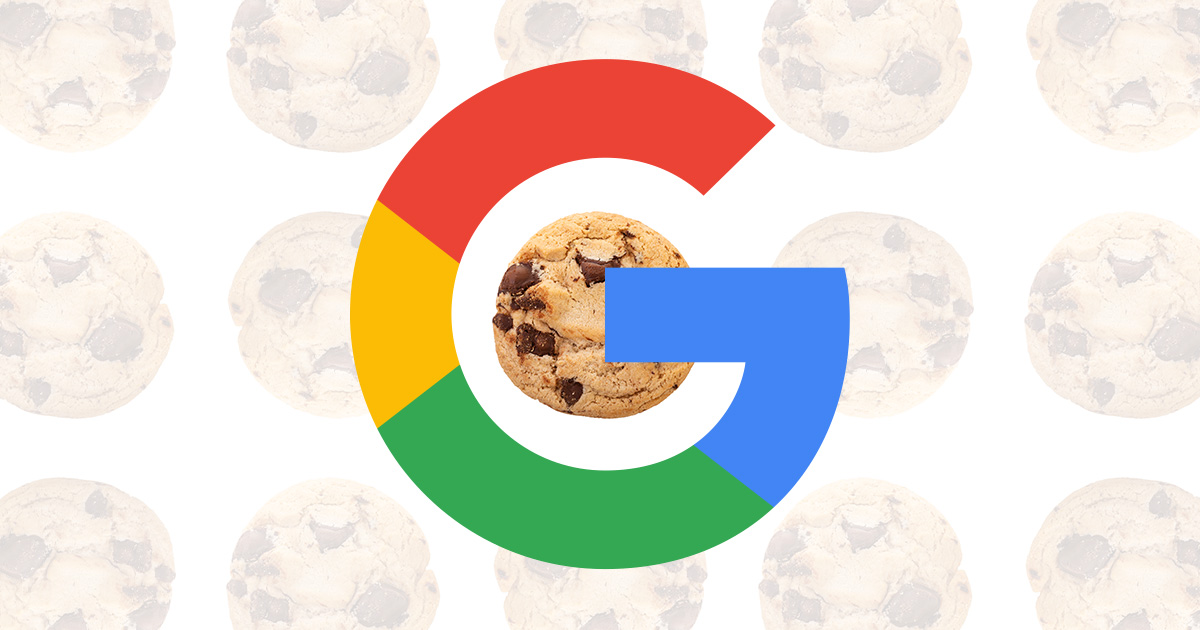A Q&A with Sam Thompson, Head of Digital Solutions & Partnerships, Bench.
Q1. What does the delay of the cookies mean for the adtech industry?
It means that the industry has more time to prepare. The industry can continue to use cookies to drive targeted advertising but we now have more time to focus on building and enhancing first party data and other non-cookie based advertising solutions, including contextual.
Marketers have used cookies to collect groups of potential customers, personalise ads, track user behaviour, and measure the performance of digital marketing campaigns for years. While it may be challenging for some to rethink and execute the granular targeting that you have become accustomed to, this change is a huge opportunity to rethink how you execute, target and optimise campaigns.
As cross-site measurement may be impacted, older, panel-based measurement techniques may become valuable once again. The long-term impacts on marketing campaigns and measurement are still fairly unclear, but there are several ways to stay on top of these changes.
While the deprecation of the cookie presents a challenge to the ad tech industry and the way campaigns are run, it’s also an exciting opportunity for change.
Q2. How will marketers use this extra time to prepare?
If the deprecation of the 3rd party cookie was to go ahead according to plan, many marketers would be unprepared, meaning they would likely see a drop in performance in their digital advertising activities. This announcement will give marketers more time to understand and prepare for solutions like:
- Activating audiences from platforms with first-party data (Google, Amazon, Yahoo, Meta, etc)
- Working with platforms leading the market in open source ID frameworks (The Trade Desk)
- Utilising channels (e.g. BVOD, DOOH) and measurement solutions (e.g. Brand lift, Search and Social uplift) that don’t heavily rely on cookies
- Using more secure data handling systems for data distribution (LiveRamp)
- Data collection through other means than 3rd party cookies (other 3rd party signals, publisher data)
- Contextual targeting (IAS, Grapeshot, Teads, targeted allow-lists)
We would recommend that marketers keep an eye on the Google Privacy Sandbox for future updates and proposed timings while making the most of the pushback by testing and trialling non-cookie based audiences, media channels and measurement solutions to find what works for their brand and to remain future-proofed in their approach to digital marketing.

Sam Thompson, Head of Digital Media & Solutions




